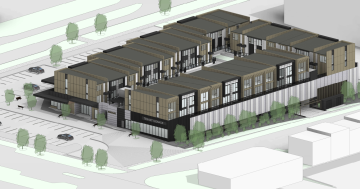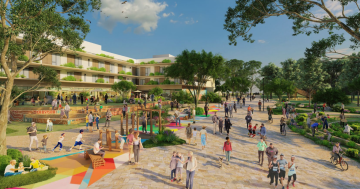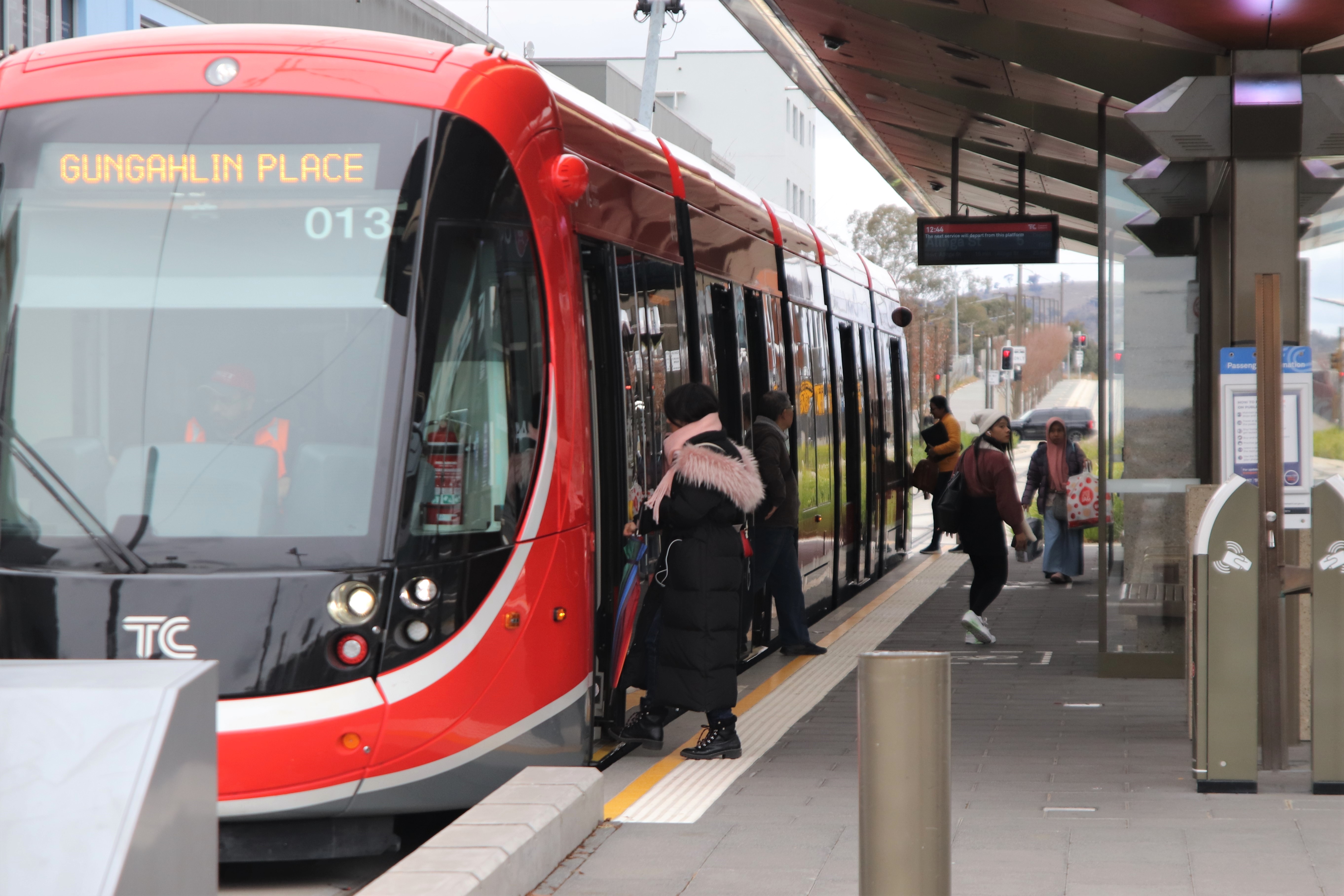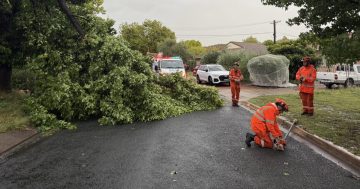Nicholls is one of the more mature suburbs of the Gungahlin region with a population that reflects its lengthier establishment within the ACT.
First gazetted in 1991, the 2016 Census showed Nicholls has a population of 6865, which is a slight decrease on five years prior despite additional housing being constructed in that time.
Here is how Nicholls looked in the Census 2016.
Who lives in Nicholls
Nicholls has a resident population of 6865, which is around 90 people less than its population in 2011. Effectively this means fewer people are living in more houses as the housing stock of Nicholls has increased by 16 residences since 2011.
Residents of this suburb are older than many of their Gungahlin region peers, with a median age of 41. This sees them six years older than the ACT statistic and three years older than the national figure. And the median age is also four years higher for Nicholls than it was in 2011.
Just under one-fifth (19.1%) of the population is aged under 15, while 12.2% is aged above 65.
Of those 15 and older, 59.8% are married, 29.4% have never been married, 8% are either divorced or separated and 2.8% are widowed.
The vast majority of Nicholls residents (85.2%) live in family households, 13.2% live alone, and just 1.6% live in share accommodation.
Most family households (56.1%) comprise couples with children, and in Nicholls they have on average 1.9 children under their roof. That’s a slight decrease on 2011, when the average Nicholls couple with children had two children in their home.
Meanwhile, 33.7% of Nicholls’ households are couples without children, and 9.7% are single parent homes.
How Nicholls fares financially
With a median weekly household income of $2684, Nicholls is very well off in comparative terms. This income is more than $1200 above the national figure and $600 above the Territory statistics, and almost half the households (44.5%) have a gross income of $3000 or more.
Nicholls is also better off than it was in 2011, when the median weekly income was $2583, and 36.5% of households had a gross income of $3000 or more each week.
Meanwhile, their accommodation expenses have changed little in recent years. The monthly median mortgage remains $2167, which is the same figure as 2011, but is now $100 above the Territory median, and $400 above the Australian figure.
Rents altered by only $5, rising from $425 in 2011 to $430 in 2016. That’s $50 above the Territory and $95 above Australia.
How Nicholls residents live
Most Nicholls residents live in large, separate dwellings. The most common housing type (86.3%) is separate houses, while only 13.4% of the housing stock is semi-detached. And that’s pretty much the same statistic as in 2011.
Meanwhile, 69.5% of houses have four bedrooms or more, 27.8% are three-bedroom homes, and 1.8% are two-bedroom properties. Again, this reflects only a small change on 2011 when 68.6% of homes had four bedrooms or more, 28.1% were three bedrooms and 2.4% were two-bedroom properties.
Home ownership is the primary form of tenure. Well over a third of Nicholls properties (39.1%) are owned outright, 43.2% have a mortgage, and just 16.6% are rented. This indicates more people own their home outright than in 2011, and fewer people rent. At that stage 33.7% of properties were owned outright, 47.4% had a mortgage and 18.1% of properties were rented.
Where Nicholls residents come from
Over two thirds (67.8%) of Nicholls residents were born in Australia, and that figure has changed only marginally since 2011 when 70.5% of the population listed Australia as their country of birth.
Other countries commonly noted as places of birth include England (4%), China (3%), India (1.7%), New Zealand (1.3%) and Vietnam (1.3%).
This means in most houses (72.5%) only English is spoken at home. In houses where a second language is also spoken, most common Census responses include Mandarin (3.3%), Cantonese (1.8%), Croatian (1.5%), Vietnamese (1.4%) and Italian (1.3%).
The final word
Affluent and highly desired, Nicholls is a mature suburb of the Gungahlin greater area that has accommodated families for over 20 years. It commands a high mortgage, requires significant rental outlay and by and large is populated by residents who own their homes.
Little has changed here in the past few years, making Nicholls an established suburb of stability.











